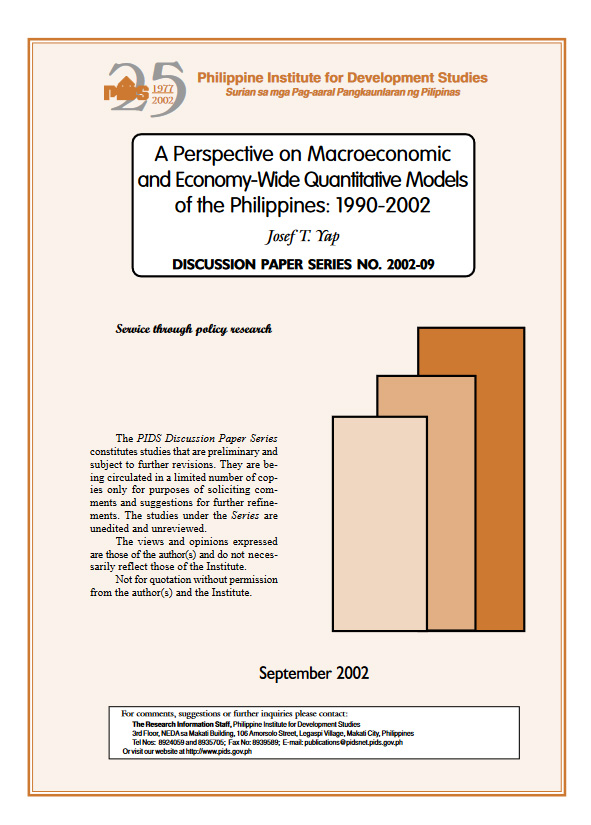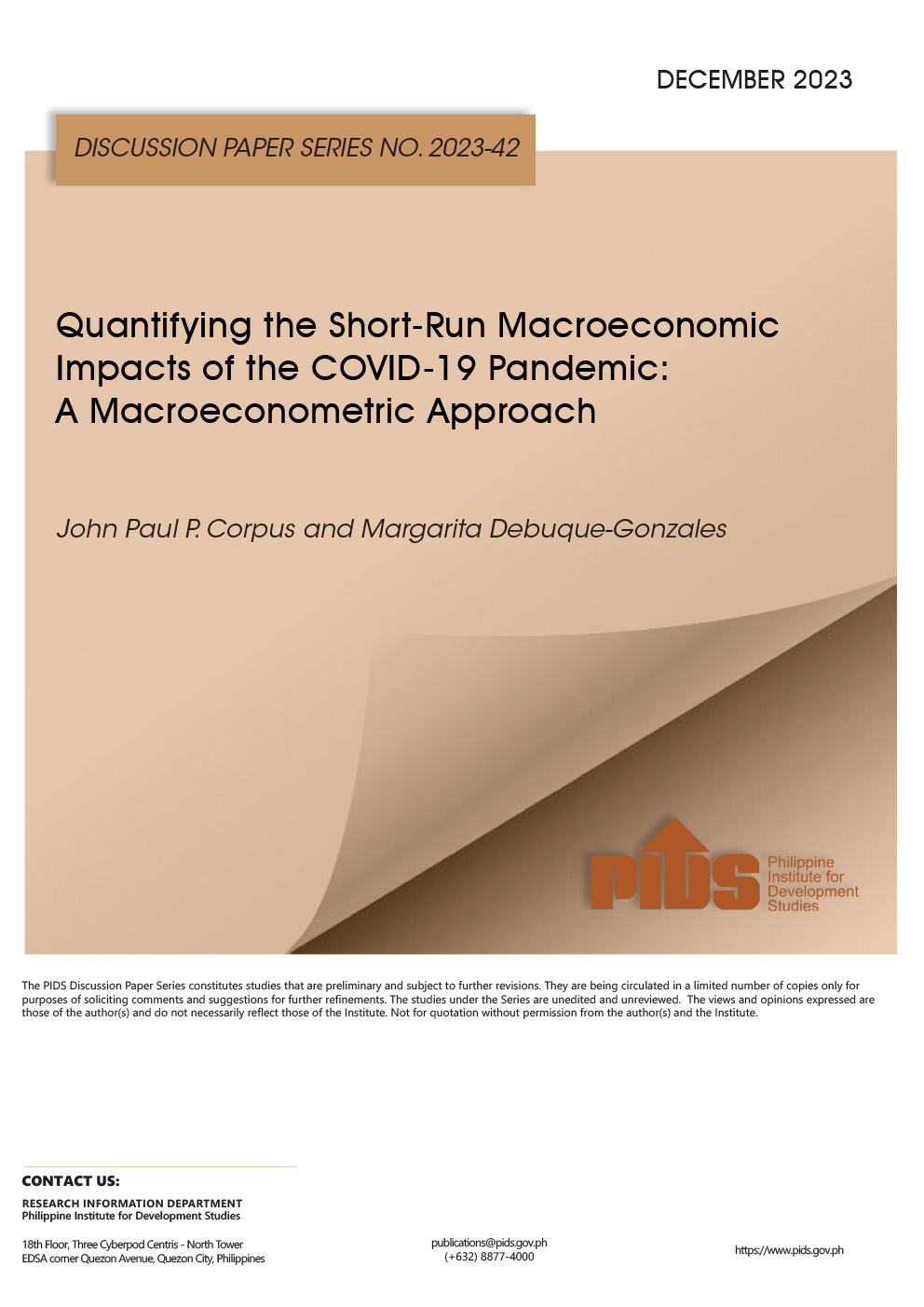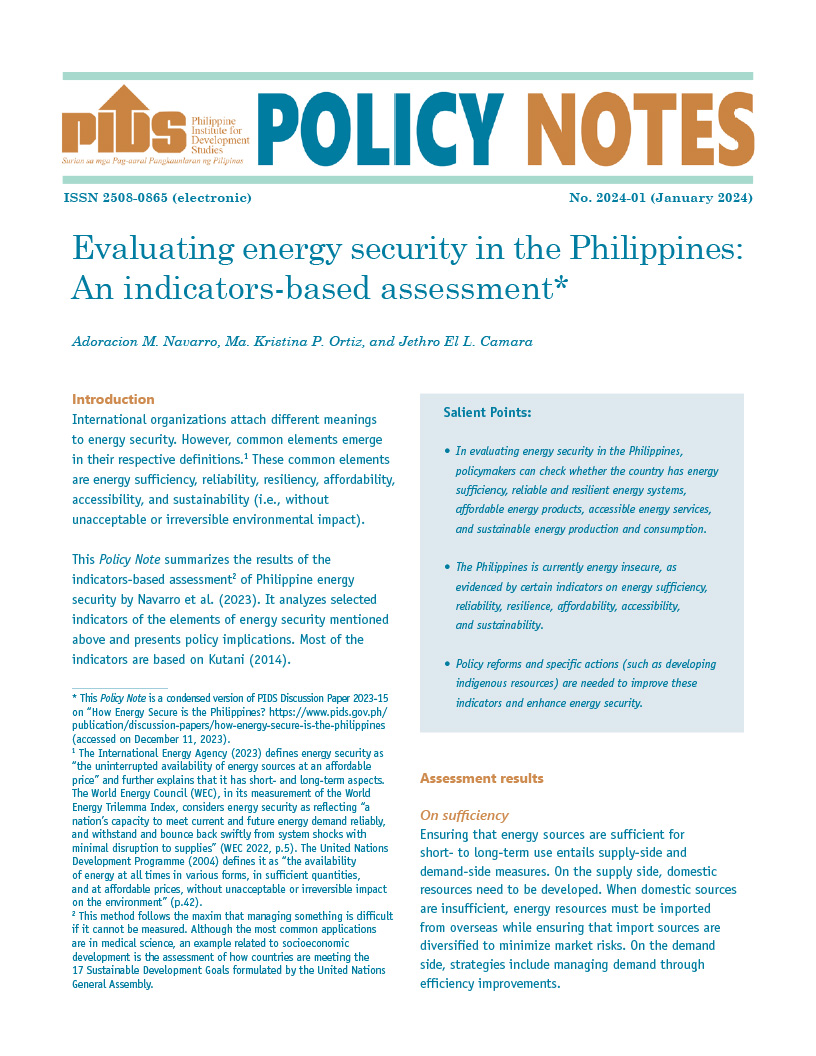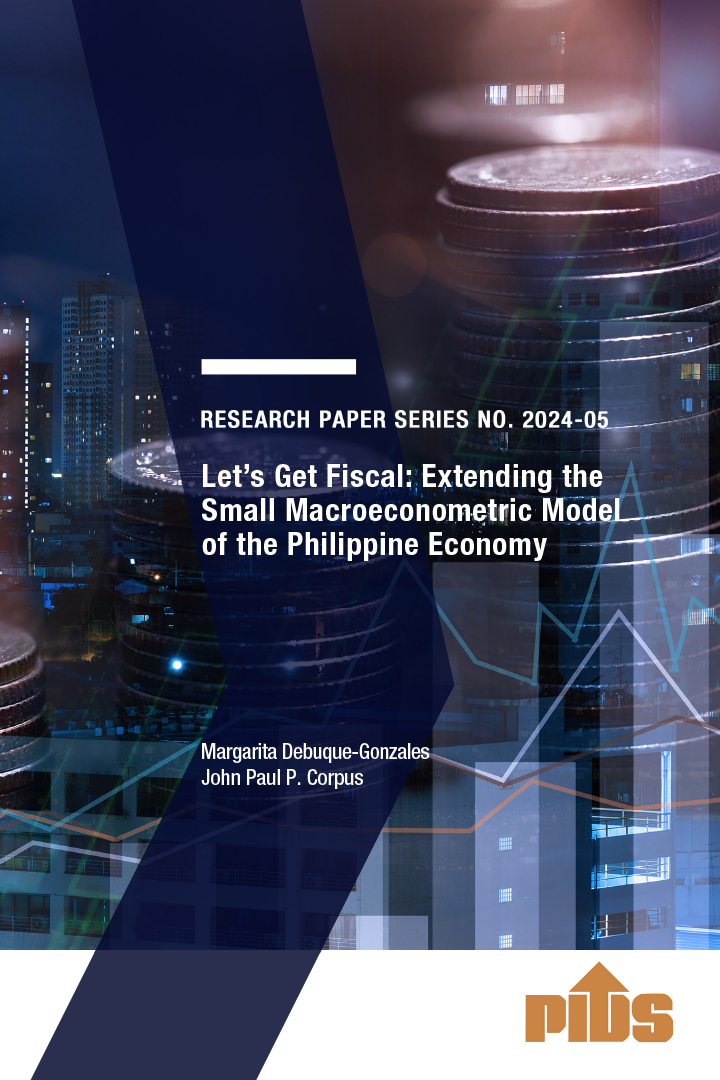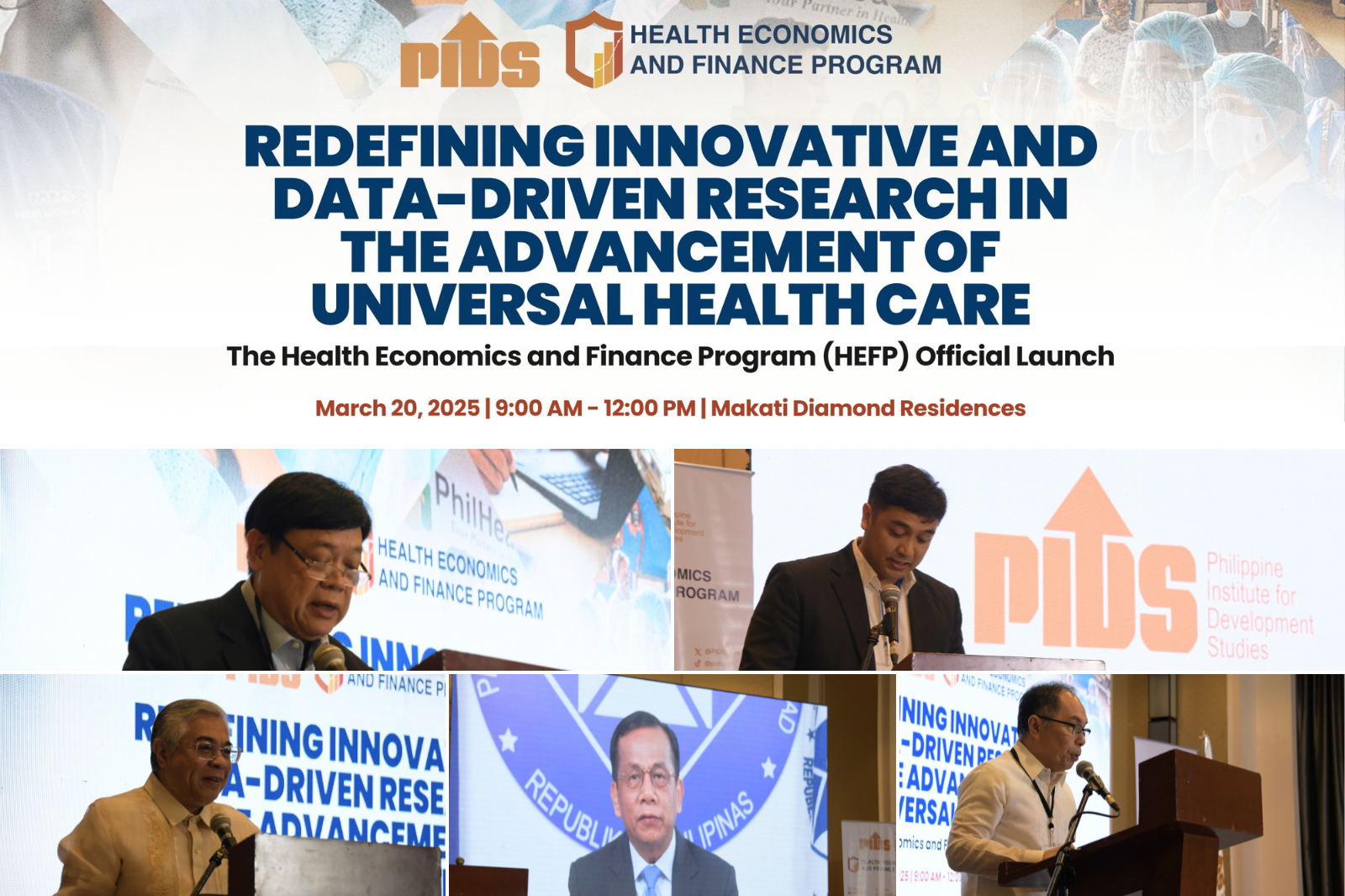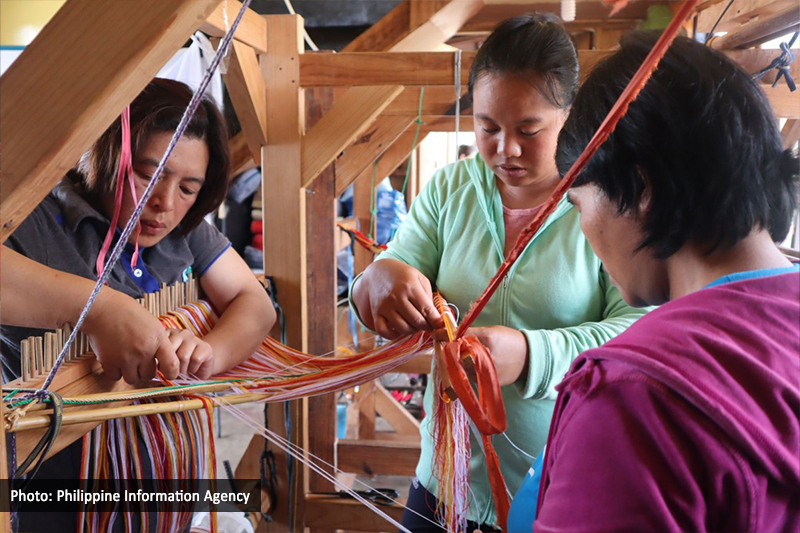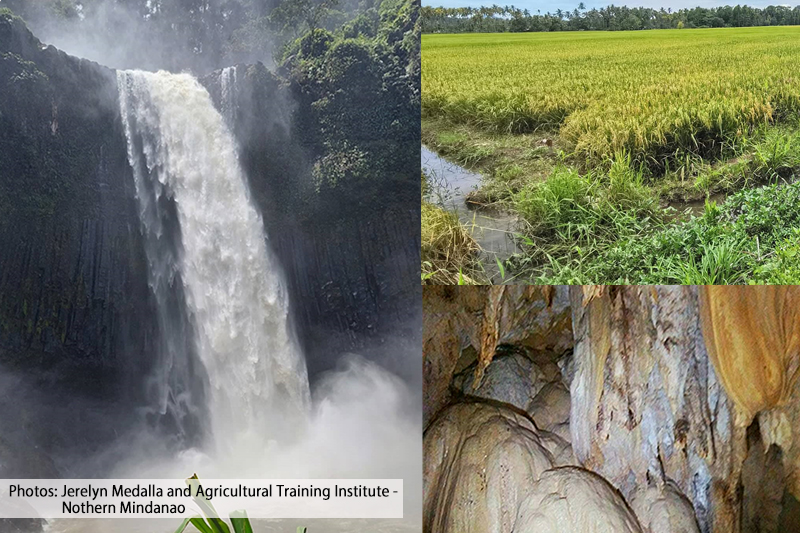Criticism against large-scale macroeconometric models built in the tradition of the Cowles Commission approach began to mount in the late 1960s. These misgivings were subsequently reflected in the Lucas critique, Sims critique and disenchantment with the model’s Keynesian foundations. In response, macroeconometric modeling progressed in two parallel ways: one, the improvement of the structure of the traditional models, particularly in terms of specifying the supply side and forward-looking expectations; and two, strengthening or development of alternative techniques, to wit, the LSE approach aided by the advent of cointegration analysis, vector autoregressive (VAR) systems, and dynamic stochastic general equilibrium (DSGE) models. The emergence of computable general equilibrium models can also be considered a response to the dissatisfaction with macroeconometric models. CGE models are based on a well-specified theoretical framework built on optimizing behavior of economic agents and they readily allow the analysis of the impact of policy changes on resource allocation and income distribution. This paper surveys the development of macroeconometric and CGE models in the Philippines during the period 1990-2002, primarily in terms of their structure and applications. Many of the recent developments in macroeconometric modeling have been incorporated in Philippine models. However, Philippine CGE models have hardly progressed beyond the standard neoclassical framework. Over time, there has been convergence in these two types of quantitative models: CGE models have increasingly used econometric estimates obtained from time-series data while macroeconometric models have been applied to monitor social outcomes like poverty and income distribution. These quantitative tools have become an integral part of policy analysis in the Philippines.

